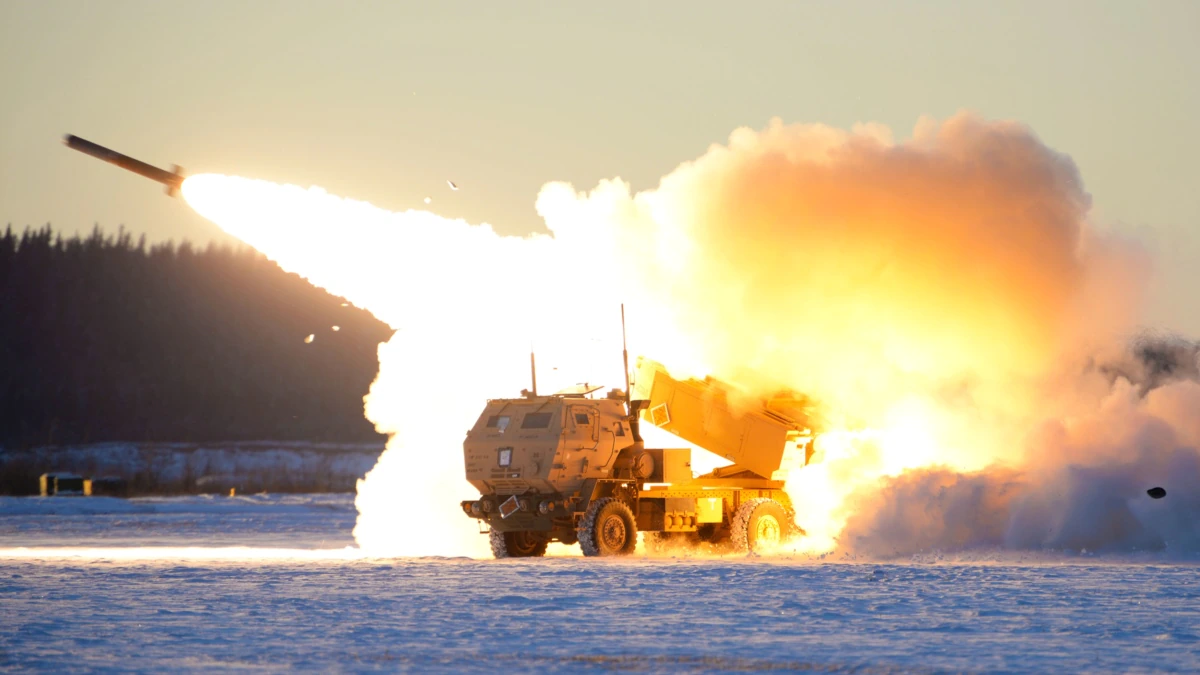A Ukrainian HIMARS rocket launcher was recently destroyed just 10 kilometers from the front line near Chasiv Yar in Donetsk Oblast. The precision strike, captured on video, shows the US-supplied system traveling on a dirt road before being hit by a Russian drone operated by Rubicon—an elite unmanned aerial unit.
What makes this attack significant is the technology used: a first-person view (FPV) drone guided by a fiber-optic cable, making it largely resistant to Ukraine’s electronic jamming.
“Fiber optic cables are basically impossible to jam,” Tom Withington, a defense analyst at RUSI, told The Telegraph. “Some are as thin as a human hair, making them extremely difficult to detect.”
The launcher’s unusually close position to the front line suggests it may have been attempting to strike a high-value target deep behind Russian lines.
Who is Rubicon?
The Rubicon unit was formed in October 2024 under orders from Russian Defense Minister Andrei Belousov. Active across at least seven sectors in eastern Ukraine, Rubicon serves as a testbed for advanced drone warfare, including multi-angle ambushes and buried drone explosives.
During Russia’s Kursk offensive, Rubicon crippled Ukrainian convoys by targeting both lead and rear vehicles, creating deadly “kill zones.” These tactics contributed to Ukraine losing control of several key positions, though Ukrainian forces continue to maintain some presence in the region.
Strategic implications for Ukraine
Since the war began, the US has delivered about 40 HIMARS systems to Ukraine. Each system costs approximately $3.5 million and can strike targets with precision up to 80 kilometers away. These long-range, satellite-guided weapons have been vital in targeting Russian logistics, command centers, and ammunition depots.
The recent loss marks at least the fourth HIMARS system destroyed in combat, a growing concern as Washington, under Donald Trump’s administration, has shown no sign of providing replacements. Beyond their firepower, HIMARS have become a symbol of Western military support.
A new phase in drone warfare
Rubicon’s shift toward targeting high-value systems like HIMARS highlights a new and troubling phase for Ukraine. Russia is no longer just harassing supply lines—it’s aiming directly at Kyiv’s strategic strike capabilities.
Without effective defenses against fiber-optic-guided drones, Ukraine faces mounting pressure to safeguard its dwindling stock of advanced weaponry.




